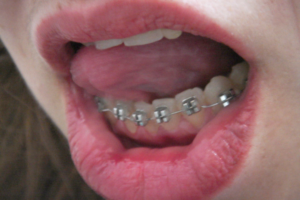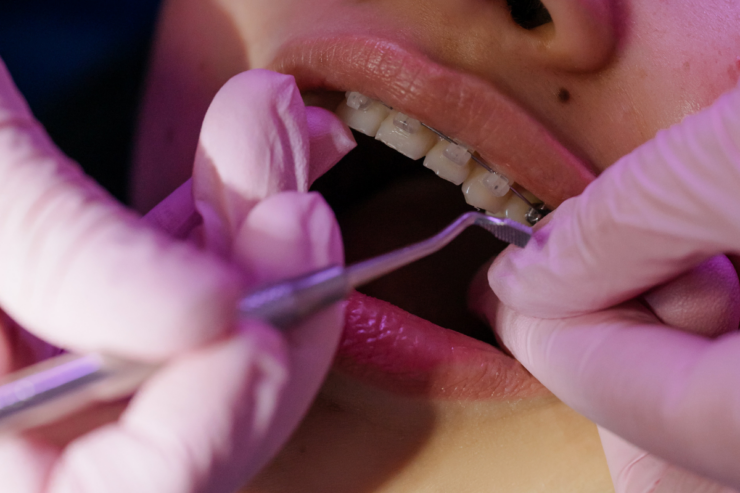When we talk about crooked teeth and misaligned jaws, the best possible solution any orthodontist would recommend is braces. Braces not only align your teeth but also provide several other benefits. The interesting fact about braces is that it comes in many different types, and you can choose yourself which style suits you best. This article will inform you about various significant kinds of braces and help you with your queries regarding them.
You will come across many different options while choosing your braces; not only it gets confusing, but also frustrating because many people don’t have the basic knowledge about any of the braces types. That’s why we will help you with some prior knowledge regarding the type of braces you should go for.
1. Metal braces
The first and the prevalent type of braces are known as metal braces. Metal braces are tiny brackets attached to your teeth, keeping in mind that the brackets are comprised of metal. The Brackets are connected to your teeth through wires to give a proportionate shape to your jaw. The metal braces also include the components like ligatures and bands. Bands in the metal braces play a crucial role, as they help the teeth get into shape by fixing the gaps and tightening the brackets.
According to different researches, it has been found out that metal braces can fix your teeth faster than many other braces types. Another fact about metal braces is that they are the most effective option and the cheapest one. One of the many pros of metal braces is that they provide you with excellent teeth control. However, metal braces are very noticeable and therefore not recommended for people such as celebrities, business owners, politicians, etc.
2. Ceramic Braces
Ceramic braces are manufactured using ceramic brackets, wires, and elastic bands. The frames of these braces are attached to the level of your teeth. One of the significant reasons people prefer ceramic braces is that the wires and the material used to make such braces are almost transparent and invisible, which means even with braces, you can smile. It will not look unpleasant or odd.
Another factor that makes ceramic braces more appealing is that they are comfortable to wear. In most cases, after getting braces, the patient usually feels pain and discomfort for 6-8 weeks, but because of ceramic braces, the pain only lasts for 2-4 weeks.
3. Invisalign Braces
The most exciting part about this type of braces is that they are not comprised of any wire or metal-like material; instead, they are made of specially designed plastic aligners. Every patient gets their custom-made Invisalign braces according to their mouth. Another exciting aspect about Invisalign braces is that they are worn over the teeth, which means they are invisible to the outside eye. A person wearing these braces can easily eat and drink anything.
These braces are also considered as an alternative to actual braces. One major drawback related to Invisalign is that it can be a costly treatment for some people.
4. Self-Ligating Braces

You can find self-ligating braces in both ceramic and metal materials. Mostly self-ligating mounts use archwires and brackets. The main difference between this kind of braces and the other traditional braces is that they do not use bands to connect wires to frames. Instead, there are customized brackets that can easily clip to wire.
It becomes easier for you to floss and brush with self-ligating braces. There are fewer chances of food particles getting stuck into the gaps between your teeth. You certainly don’t have to arrange your dentist’s appointment again and again to replace the rubber bands. So, the overall experience of these braces is efficient as well as reassuring.
5. Lingual Braces
These are designed using stainless steel and sometimes titanium too. While including brackets, wires and elastic bands are also part of lingual braces. A factor that makes lingual braces stand out is that they are fixed to the backside of your teeth which makes them unnoticeable to other people, saving you from the trouble of answering unwanted questions related to your braces.
The treatment of lingual braces can take up to 15-38 weeks. Lingual braces fix the gaps and extractions spaces in your mouth; not only that, but they also control the complex movements of your teeth while adjusting towards their normal position. We would say that under any circumstances, lingual braces are a safer option for you.
Before selecting any braces, the best thing you can do is consult your dentist and go with their recommendation.












